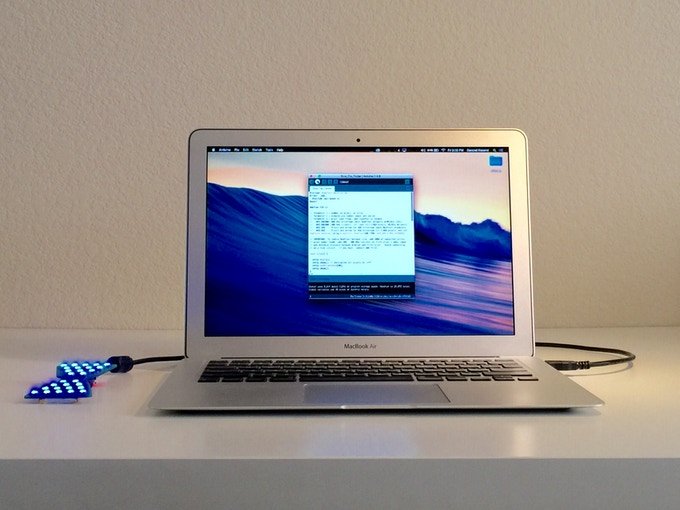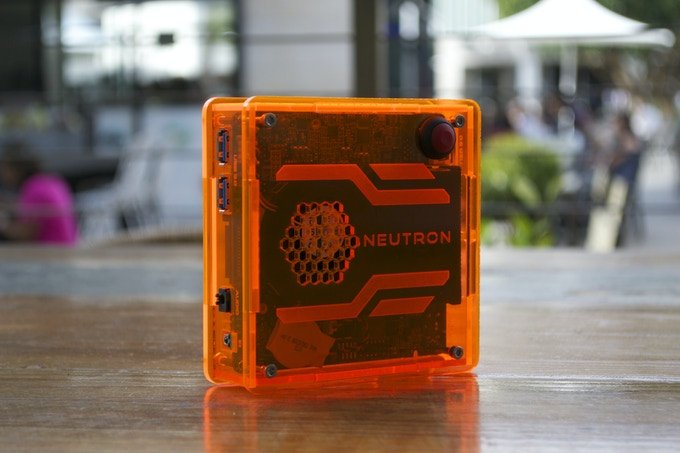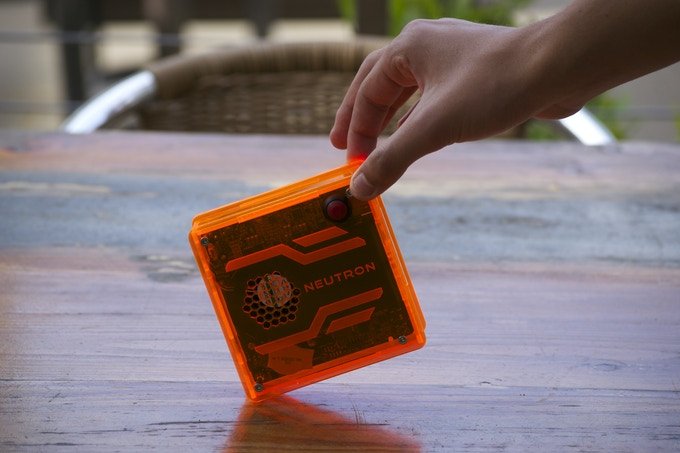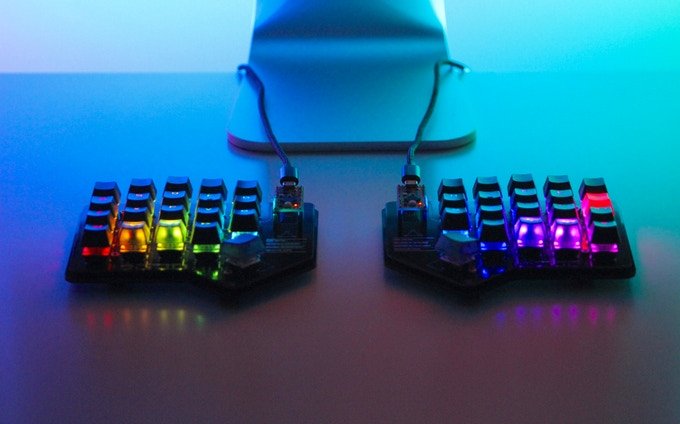
Atom Computer was a way for me to share my projects with the world.
Atom Computer was started because I wanted a way to share the designs I created with other people, as well as to learn the fundamentals of electronics as a business and Design For Manufacture (DFM). Each project had a “drop” on Kickstarter, then a period of support afterwards. Some projects, like the Tinker Tie, were sold in limited quantities after their original drop. I learned a great deal about the rigors of developing products that were easy to manufacture at scale, that complied with FCC regulations, and that were user-friendly.

Atom Computer's first product: The Tinker Tie. It was a kit for beginning engineers to learn basic soldering and programming skills in a fun way.

My brother modeling the Tinker Tie in its gradient mode.

The Tinker Tie could be plugged into a computer over USB, and the lights programmed with the Arduino IDE.

On the back of the Tinker Tie are the battery, microcontroller, battery charger, and capacitive touch button.

The next Atom Computer product was the Neutron, an incredibly small desktop computer based off the Intel Next Unit of Computing (NUC) architecture. It came ready-to-use in a custom case that came in several colors.

A view of how small the Neutron was. It was hard to believe this thing sported a Core i7 processor and 16GB of RAM.

The last product under Atom Computer was the RIFT (under Project Dark Matter), a split, programmable mechanical keyboard. It promised better ergonomics by allowing the user to split the halves as far apart as was comfortable, as well as adjust the tilt for the best angle to your arms.

A close-up of a half of the RIFT.

Since both halves of the RIFT were independent, you could purchase only one side and use it as a gaming pad.